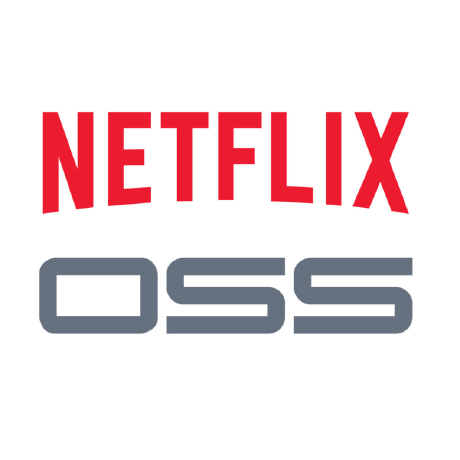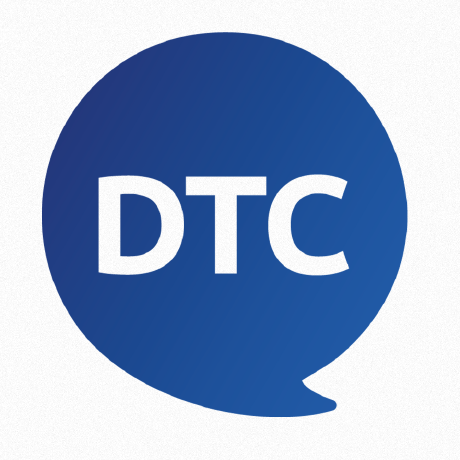Discover and explore top open-source AI tools and projects—updated daily.
Production-Level-Deep-Learning by  alirezadir
alirezadir
Guideline for production-level deep learning systems
Top 10.9% on SourcePulse
This repository provides a comprehensive engineering guideline for building production-level deep learning systems. It targets engineers and researchers aiming to deploy ML models in real-world applications, offering best practices and tool recommendations across the entire ML lifecycle, from data management to deployment and monitoring.
How It Works
The guideline breaks down the ML system into key components: Data Management, Development/Training/Evaluation, Testing/Deployment, and Monitoring. For each component, it recommends specific tools, frameworks, and best practices derived from industry workshops and practitioners. The approach emphasizes a full-stack perspective, acknowledging that production ML involves much more than just model training, including data versioning, workflow orchestration, experiment tracking, and robust deployment strategies.
Quick Start & Requirements
- Installation: No direct installation command; this is a guideline document.
- Prerequisites: Familiarity with deep learning concepts, Python, and common ML frameworks (TensorFlow, PyTorch).
- Resources: The document references various tools and platforms, some of which may have their own installation and resource requirements (e.g., Docker, Kubernetes, cloud platforms).
- Links:
- Full Stack Deep Learning Bootcamp: https://fullstackdeeplearning.com/
- TFX Workshop: https://www.youtube.com/watch?v=f0_f_f73_00
- Kubeflow Meetup: https://www.youtube.com/watch?v=h7035f17h_0
Highlighted Details
- Addresses the high failure rate of AI projects (85%) by focusing on practical production challenges.
- Covers data management aspects like data labeling, storage, versioning (DVC, Pachyderm), and processing (Airflow, Luigi).
- Recommends tools for experiment management (Tensorboard, MLFlow, Weights & Biases) and hyperparameter tuning (RayTune, Keras Tuner).
- Details deployment strategies including containerization (Docker, Kubernetes), model serving (TF Serving, Clipper), and service meshes (Istio).
Maintenance & Community
- The repository is under continuous development, welcoming feedback and contributions.
- Mentions specific workshops and contributors from industry (UC Berkeley, OpenAI, Turnitin, Google, Uber).
Licensing & Compatibility
- The repository itself is not a software package with a license. The content is presented as a guideline.
- Tools and frameworks mentioned within the guideline have their own licenses, which users must adhere to.
Limitations & Caveats
- The document is a guideline and does not provide executable code or a deployable system.
- Some sections are marked as "TBD" (To Be Determined), indicating areas that are still under development or require further detail.
4 months ago
1 week

 data-infra
data-infra wandb
wandb GokuMohandas
GokuMohandas higgsfield-ai
higgsfield-ai ahkarami
ahkarami clearml
clearml tencentmusic
tencentmusic Netflix
Netflix PaddlePaddle
PaddlePaddle DataTalksClub
DataTalksClub